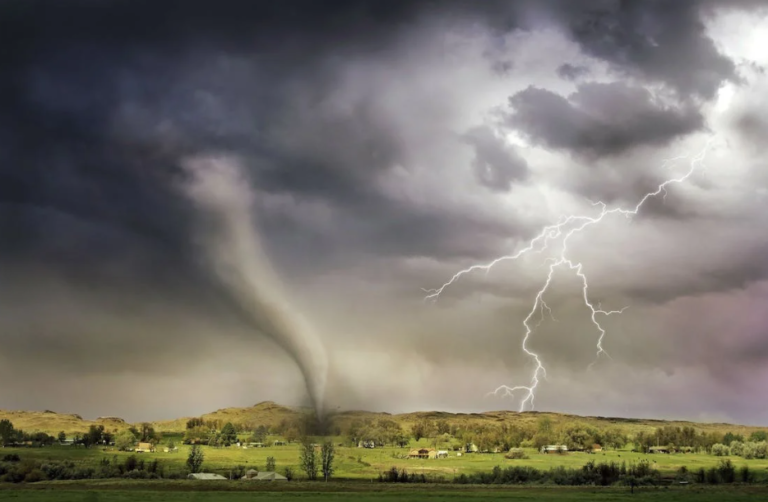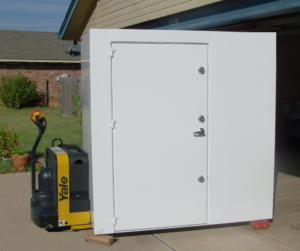Tornadoes are among the most awe-inspiring yet destructive natural phenomena on Earth. These violently rotating columns of air can wreak havoc with winds reaching over 300 miles per hour. But how do tornadoes form, and what causes them to twist and turn?
In this blog, we’ll delve into the science behind tornado formation and the importance of having a steel tornado shelter in Texas.
Understanding Tornado Formation
Tornadoes develop within severe thunderstorms, which are known as supercells. Several key factors contribute to their formation:
- Atmospheric Instability: Tornadoes require an atmosphere with instability, where warm, moist air near the ground rises and interacts with cold, dry air aloft. This instability sets the stage for thunderstorm development.
- Wind Shear: Wind shear refers to a change in wind speed and direction with height. In the presence of strong wind shear, horizontal rotating air (horizontal vorticity) can develop near the ground.
- Updraft Rotation: Within a supercell thunderstorm, an updraft of air can tilt the horizontal vorticity into a vertical position, forming a rotating updraft known as a mesocyclone.
- Formation of a Wall Cloud: As the mesocyclone intensifies, it may descend and form a visible wall cloud near the base of the thunderstorm.
- Tornado Formation: When conditions are right, a tornado can form as the rotating updraft tightens and extends downward, connecting with the ground. At this point, you have a tornado.
The Twisting Mysteries of Tornadoes
Tornadoes often appear as twisting, funnel-shaped clouds. This twisting motion is a result of the complex interplay of various forces within the tornado:
- Tornado Vortex: The core of the tornado is called the tornado vortex. It is where the strongest winds and greatest destruction occur. Within the vortex, air is rotating rapidly in a counterclockwise direction in the Northern Hemisphere and clockwise in the Southern Hemisphere.
- Tornado’s Forward Motion: As a tornado moves across the landscape, its forward motion can interact with the rotating air within the vortex, causing the tornado to follow an irregular path.
- Multiple Vortices: Some tornadoes exhibit multiple vortices, smaller whirlwinds that rotate within the larger tornado. These multiple vortices can give tornadoes their characteristic twisting appearance.
The Importance of Tornado Shelters in Texas
Understanding the science of tornado formation helps us appreciate the need for a tornado shelter in tornado-prone areas like Texas. Tornadoes can strike with little warning, and having a secure shelter can mean the difference between life and death.
Safe Rooms US: Your Tornado Shelter Solution
Safe Rooms US offers steel storm and tornado shelters in Texas designed to withstand the forces of even the most powerful tornadoes. Our steel shelters provide a safe and secure haven for you and your loved ones during severe weather events, including tornadoes of EF-5 level.
Don’t leave your safety to chance. Contact Safe Rooms US today to learn more about our steel tornado shelters in Texas.











